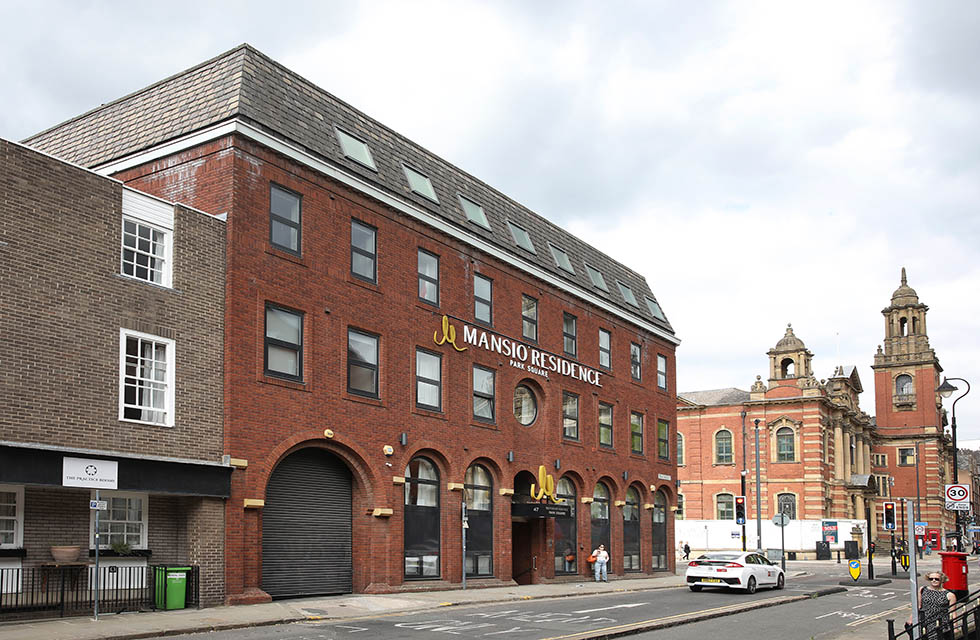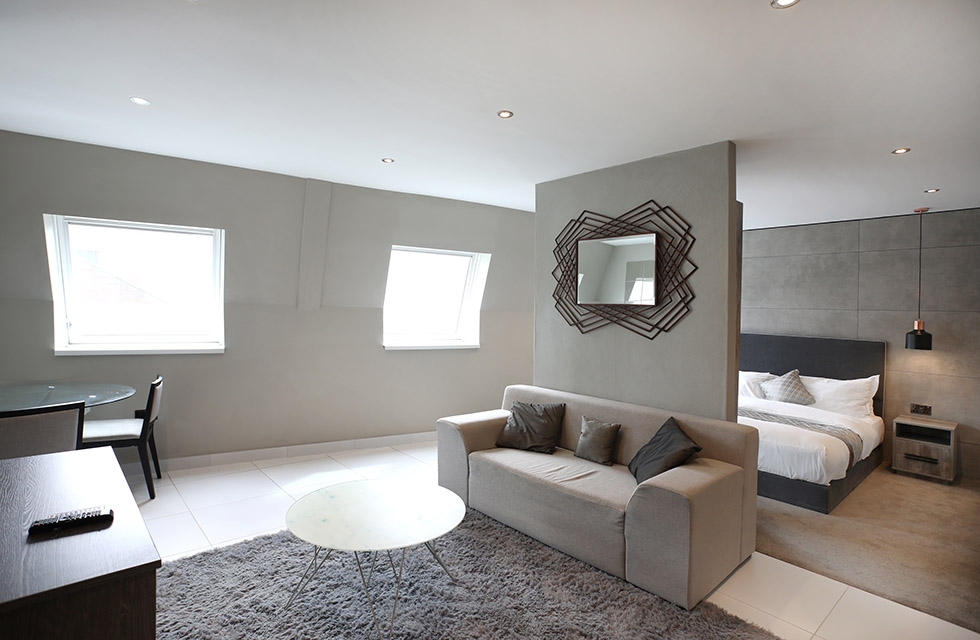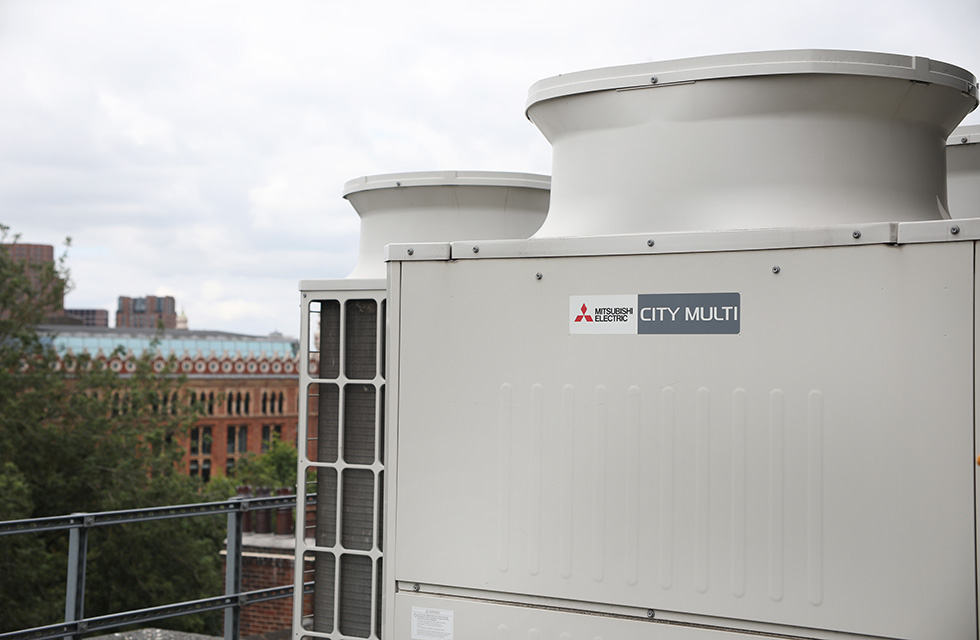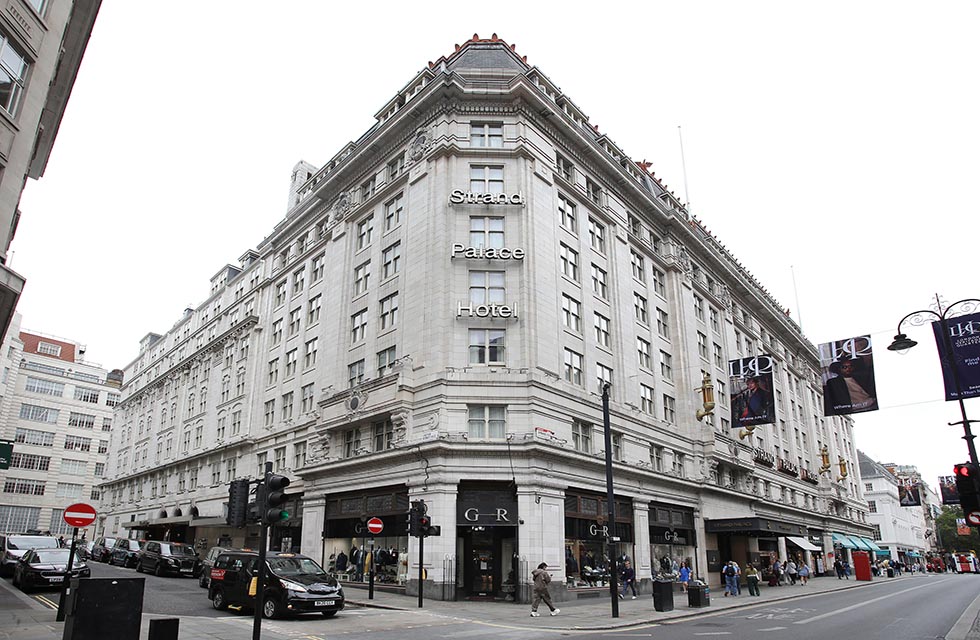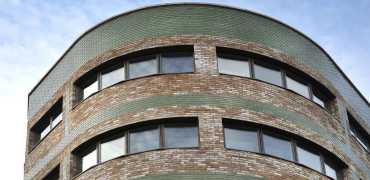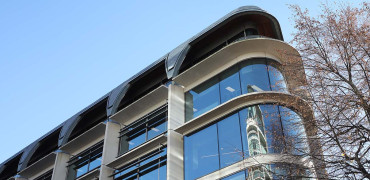At Refurb Projects, we love hearing about innovative ways of upgrading the buildings that already exist, so I was particularly delighted to hear an update on two projects that we’ve already covered before.
When you realise that around 80% of the ‘net zero’ buildings needed by 2050 are already built, then it is important to celebrate ones that are still making a difference.
Aspect Court in Leeds was first covered in Refurb Projects almost a decade ago, and the Strand Palace Hotel just over seven years ago, and the reason that they are worth another look is that the air conditioning installed in them has become even more relevant today than when it was first installed.
Always ahead of its time, HVRF addresses the challenges facing buildings both now and into the future
A unique hybrid approach
We covered Mitsubishi Electric’s unique Hybrid VRF (HVRF) air conditioning system when it was launched ten years ago, and we wrote about Aspect Court, which was one of the first projects in the country to feature HVRF.
The system was and still is completely innovative because like VRF air conditioning, it uses a refrigerant to transfer heating and cooling energy around a building but, with HVRF, the refrigerant stops at a Branch Controller (BC) box. From thereon, water in plastic piping is used throughout the rest of the building to heat and cool areas, rather than needing copper pipes with refrigerant.
For Aspect Court, this meant no refrigerant in occupied spaces such as the apartments, which have been converted from this Leeds city centre office block.
And this also meant no need for leak detection and no need for annual checks on each individual leak detection unit in each apartment.
Additional benefits
The same is true for the Strand Palace Hotel, which had HVRF fitted in stages around seven years ago.
The system offers the full design and installation flexibility of a VRF system, so it could be installed floor by floor, section by section, meaning that the busy hotel in the heart of London’s West End, did not have to shut down and lose important income.
They also avoided having to fit leak detectors in each of the 700+ bedrooms and, whilst HVRF is still delivering everything the Strand Palace Hotel asked for, the additional benefits have also become highly relevant in today’s market.
Lowering emissions and GWP
Things have changed over the last decade with problems relating to global warming and carbon emissions now front of mind and that is where HVRF is helping offer a solution right now.
As we move from refrigerants with a high Global Warming Potential (GWP) to ones with a lower GWP, the risk of flammability increases, so the ability to help reduce the volume or even completely remove refrigerants from inside buildings and occupied spaces is making more designers look again at HVRF.
Because it uses water in occupied spaces, HVRF not only solves any flammability issues it also helps to reduce the embodied carbon of the building services and delivers the best compromise of whole life carbon.
HVRF was always ahead of its time and is addressing the challenges facing buildings both now and into the future.
Carole Titmuss is Editor of Refurb Projects


